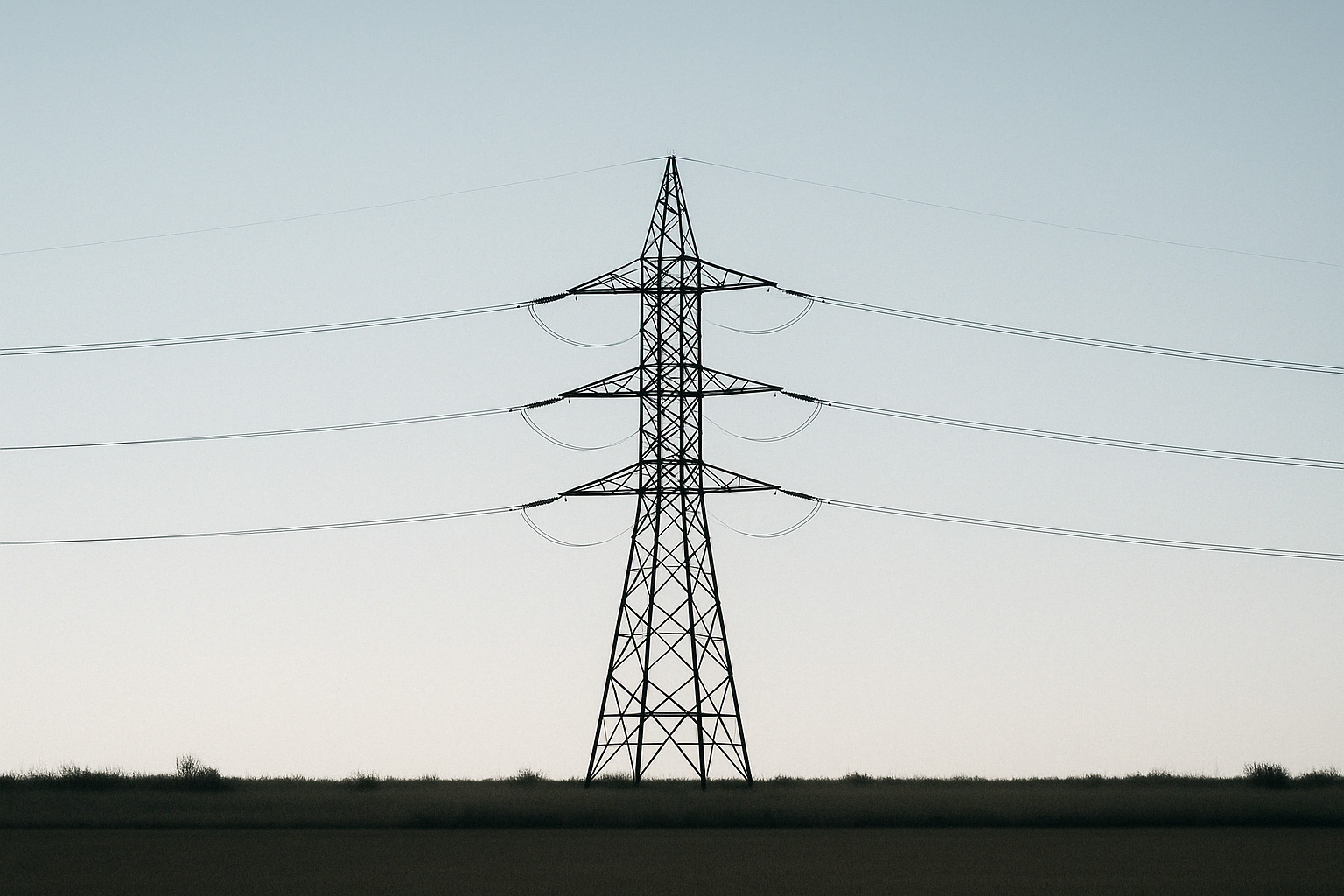Indonesia has unveiled a major plan to expand its national power capacity by 71 gigawatts (GW) over the next decade, with a strong emphasis on private sector involvement and renewable energy infrastructure.
The Ministry of Energy and Mineral Resources (ESDM) stated that approximately 60% of the new capacity will be developed by independent power producers (IPPs), while the remaining will be managed by state utility PLN. The plan also includes the construction of 48.000 circuit-kilometers of new transmission lines, a significant step toward integrating more renewables into the national grid.
Currently, coal still dominates more than half of Indonesia’s power generation mix. However, this roadmap signals a pivot toward solar, wind, hydro, and geothermal sources, aligning with the government’s target of reaching 23% renewable energy by 2025 and 35% by 2034.
“Indonesia’s power infrastructure must evolve to support sustainable growth,” said a senior official at ESDM. “We are inviting more private investors to play a critical role in transforming our energy landscape.”
The government has also introduced incentives and eased regulatory pathways to encourage private investments in solar and geothermal development — particularly in remote and industrial zones.




